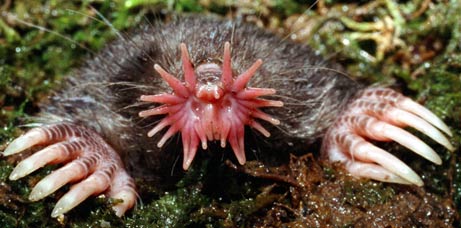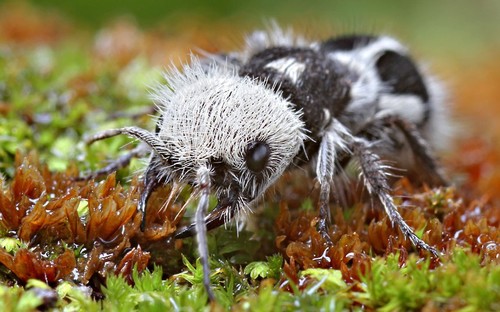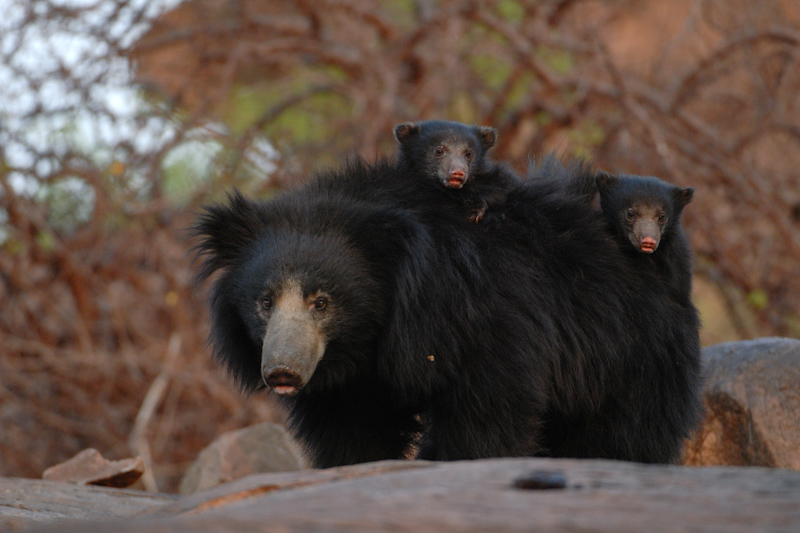In a medical emergency, getting a person oxygen can be a matter of life or death. But thanks to an invention by a team of doctors at Boston Children Hospital, the medical community may have an easy fix for such circumstance: a particle that allows human beings to live without breathing. This microparticle, the hospital says, is made of a pocket of oxygen surrounded by a single layer of lipids and is injected into the bloodstream through a liquid substance.
In an article published in an issue of Science Translation Medicine, Dr. John Kheir of Boston Children Hospital's department of Cardiology explained that in a real world situation, where an animal's airway was completely blocked, the particle could keep it alive for at most 15 minutes.
Kheir told Fox News that his want to make the drug came from a patient treated at the hospital in 2006.
He was taking care of girl in the ICU who had terrible pnuemonia. She didn't have a breathing tube at the time when suddenly she had pulmonary hemorrhage-where lung tissue gets damaged actually dissolves into the pulmonary arteries. Her lungs became filled with blood and she went into cardiac arrest. Because it took almost 25 minutes to remove all the blood from her lungs, her brain was deprived of oxygen and was terribly damaged.
Kheir also told Fox News that the drug has the ability to save lives in emergency scenarios, such as drowning.
The hope is to have the drug kept on carts all around hospitals and outside hospitals on ambulances. When a patient is severely ill, the person attending them could easily save their life with this drug. The most common reason for cardiac arrest is breathing problems, after all. There's a real potential to improve the mortality and morbidity rates in hospital.
 The pygmy tarsier is a tiny animal (approximately 2 ounces) that, since the 1920s, was thought to be extinct. The image to the right shows one of the gremlin-looking creatures eating what looks like a grasshopper. The woman who found the first one since the last century said she just had to see for herself whether the pygmy tarsier was in Indonesia (which is where it was found) or not. You can read more about it in this article.
The pygmy tarsier is a tiny animal (approximately 2 ounces) that, since the 1920s, was thought to be extinct. The image to the right shows one of the gremlin-looking creatures eating what looks like a grasshopper. The woman who found the first one since the last century said she just had to see for herself whether the pygmy tarsier was in Indonesia (which is where it was found) or not. You can read more about it in this article.









